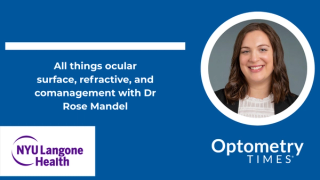
Ocular Surface Disease
Latest News

Under the terms of the agreement, Iolyx Therapeutics has granted Théa exclusive worldwide development and commercialization rights, excluding Asia, to ILYX-002 for the treatment of ocular surface diseases.
Latest Videos

CME Content
More News

Ensuring proper hydration of the eye takes more moonlight and lullabies.

The drops are formulated to target bacteria that cause infections such as bacterial conjunctivitis, otitis externa, and swimmer’s ear.

Research reveals that increased exposure to green spaces significantly reduces the risk of developing dry eye disease, highlighting urban planning's vital role in public health.

A few tweaks to outdoor exercise routines can bring great relief.
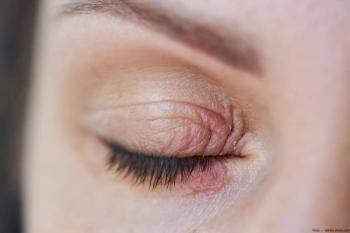
The study explored the use of DMSt, used in OptiLIFT, in enhancing eyelid muscle function, improving blink dynamics, and consequently alleviating dry eye symptoms.

With this expansion, BostonSight reinforces its commitment to advancing care for patients with severe ocular surface disease and irregular corneas.

The study's primary objective was to demonstrate that LUMIFY Preservative Free redness reliever eye drops are noninferior to LUMIFY redness reliever eye drops in reducing ocular redness.
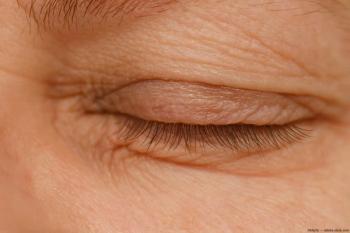
Study authors Preeya K. Gupta, MD; and Paul Karpecki, OD, formulated a case in their literature review for the routine evaluation of the upper eyelid during meibomian gland imaging.
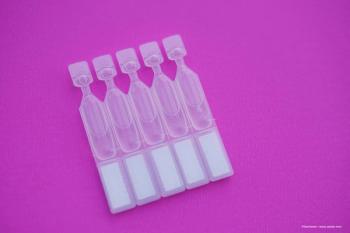
ST-100 shows promise as a fast-acting treatment for dry eye disease, offering rapid relief and unique collagen repair mechanisms.

The report categorizes research into 7 categories: sex, gender, and hormones; epidemiology; pathophysiology; tear film; pain and sensation; iatrogenic; and clinical trial design.
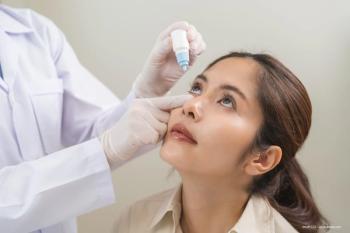
The generic formulation references Pred Forte, which is trademarked by Allergan.
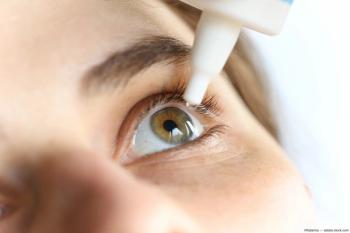
The OTC eye drops contain low-dose brimonidine tartrate 0.025%.
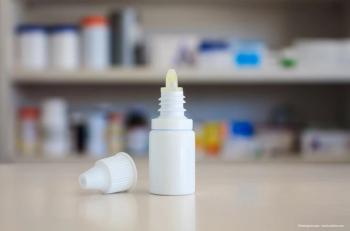
BRS Analytical Service, LLC, an independent contract testing laboratory, initiated the recall because of possible concerns about product quality and safety linked to the manufacturing process. An FDA audit revealed serious manufacturing violations of Current Good Manufacturing Practice.

Identifying allergens or irritants can be challenging, but a few strategies can help patients find relief.

Inflammation is both a cause and consequence of dry eye disease.

Nordic Pharma plans to announce commercialization details in the near future for the dry eye disease treatment.

An overview of prescription medications available for DED.

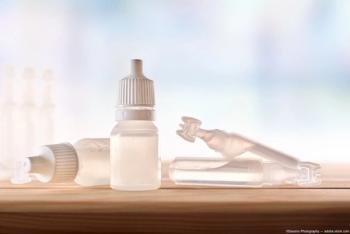
Cationic emulsion drops are characterized by their ability to retain cyclosporine A on the ocular surface.

The gel was investigated in a case series, which was presented in a poster at SECO 2025.


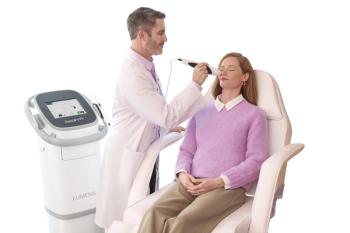
The dynamic muscle stimulation device is a noninvasive option for patients experiencing lower lid laxity and impaired blinking.

Annual reports of the occurrence of adverse effects associated with the use of cosmetics increased from 2006 to 2018, then decreased from 2018 to 2021.

Preservatives may disrupt the ocular surface, contributing to poor adherence.























































.png)


